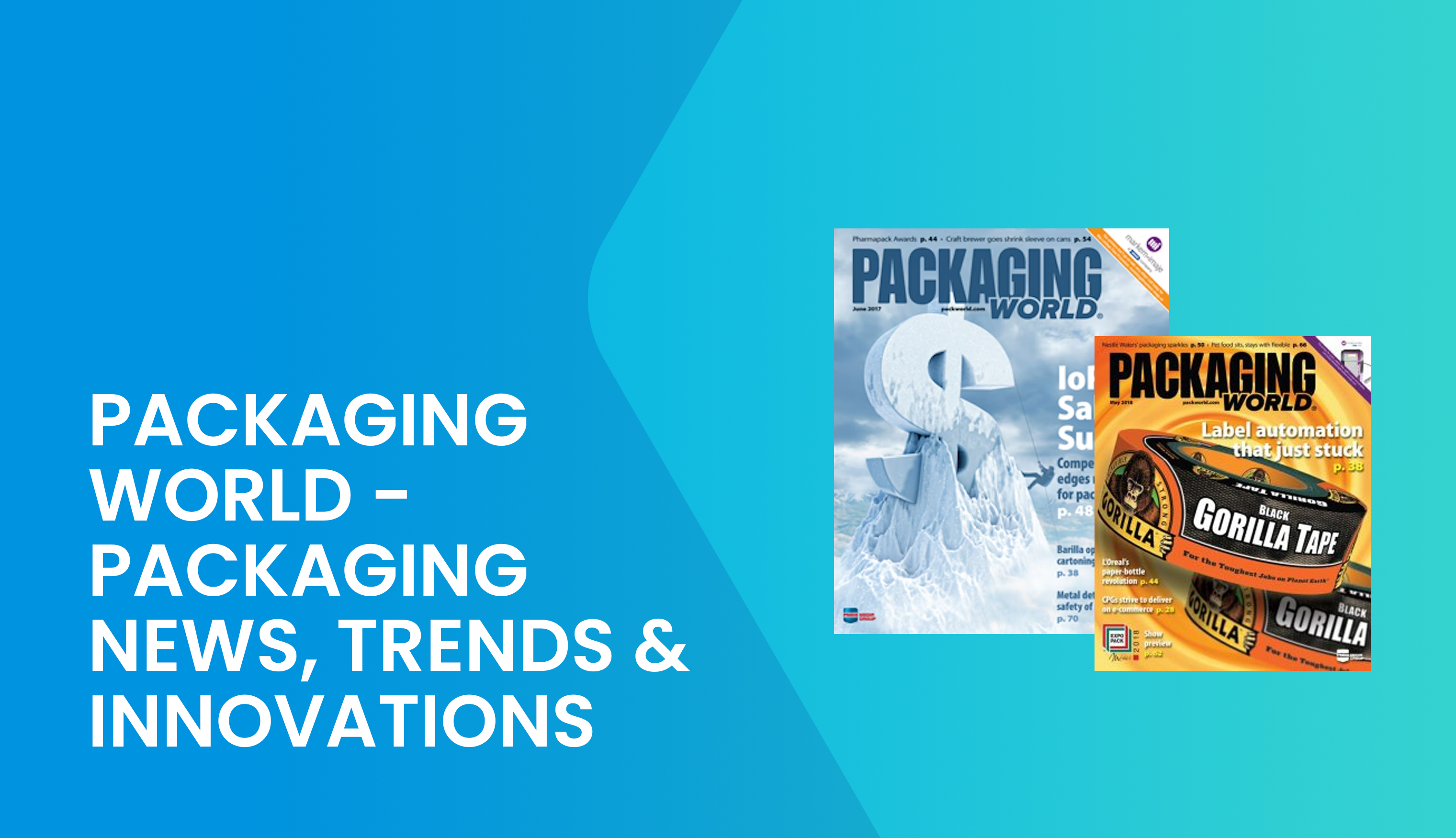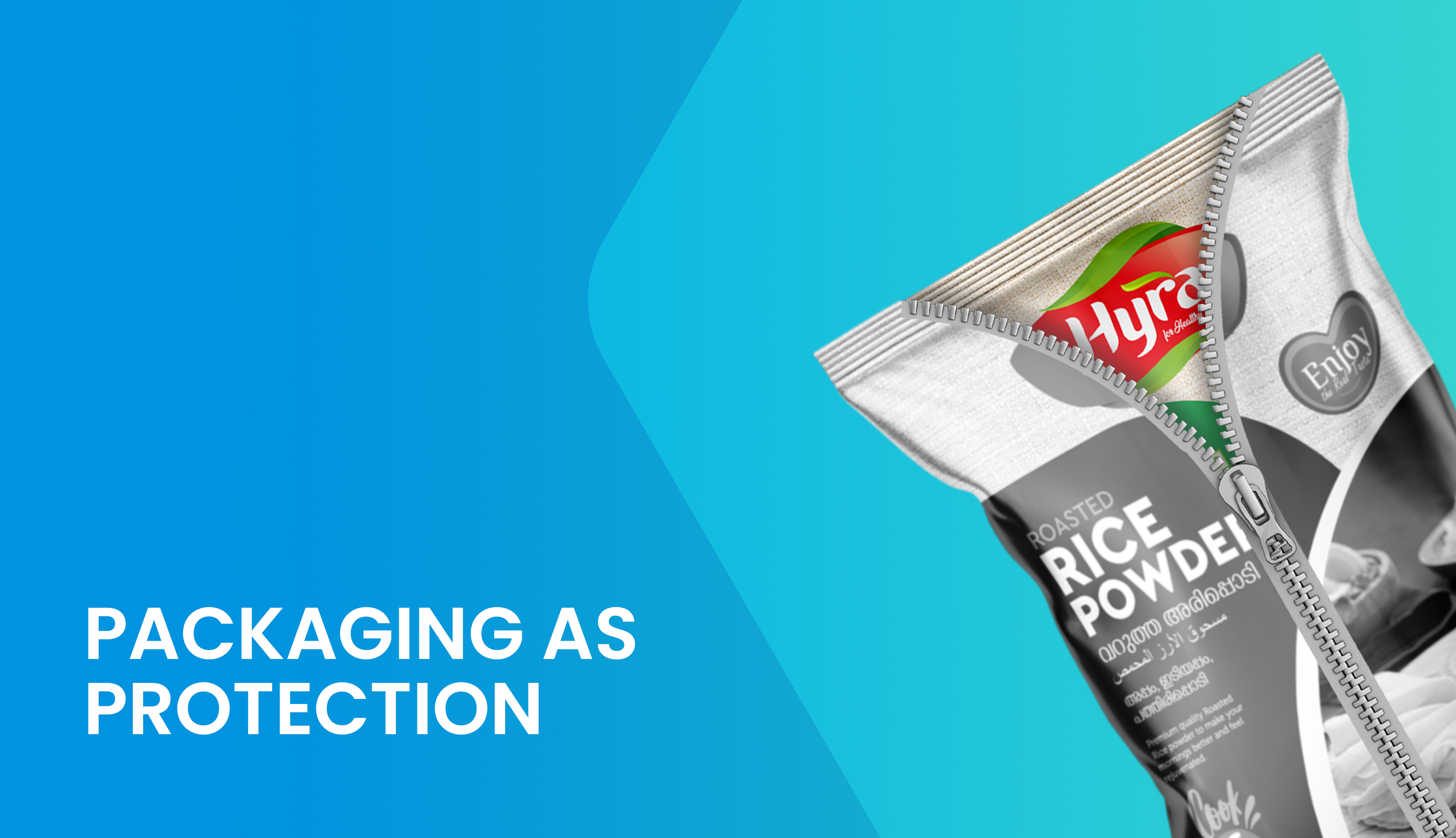Exploring the Rotogravure Printing Process
Rotogravure printing, also known as gravure printing, is a high-speed, high-quality printing method used for producing large quantities of printed materials. It is commonly employed in the packaging industry for applications such as flexible packaging, labels, magazines, and catalogs. This process utilizes engraved cylinders and specialized inks to create intricate and vibrant images on various substrates. This article will delve into the fascinating world of rotogravure printing, exploring its key components, steps involved, and advantages.
The rotogravure printing process begins with the creation of a cylinder, which acts as the printing plate. This cylinder is typically made of copper or steel and is coated with a light-sensitive emulsion. The emulsion is then exposed to a film positive, which contains the desired image to be printed. The exposure process hardens the emulsion in the areas corresponding to the image, creating recessed cells of varying depths.
Once the cylinder is prepared, it is mounted onto a rotogravure printing press. The press consists of several components, including an ink fountain, doctor blade, impression roller, and drying system. These elements work together to transfer ink from the cylinder to the substrate.
Before printing can commence, the ink fountain is filled with the desired ink color. The fountain contains a series of ink rollers that pick up the ink and transfer it to the engraved cells on the cylinder. The doctor's blade then scrapes off excess ink from the cylinder surface, leaving ink only in the open cells. This step is crucial for achieving precise and consistent ink coverage.
As the substrate, such as paper or film, passes through the press, it comes into contact with the rotating cylinder. The impression roller applies pressure to the back of the substrate, forcing it against the cylinder surface. The ink in the recessed cells is transferred to the substrate, creating the desired image. The pressure and speed of the press must be carefully controlled to ensure accurate ink transfer and prevent any damage to the substrate.
After the ink is applied, the substrate moves through a drying system, which can involve various methods such as hot air or infrared radiation. This process ensures that the ink dries quickly and adheres firmly to the substrate, preventing smudging or smearing
One of the significant advantages of rotogravure printing is its ability to achieve a wide color gamut and excellent image resolution. The open cells on the cylinder can hold a Considerable amount of ink, resulting in vibrant colors. Additionally, the depth and size of the cells can be varied, allowing for precise control over tone and texture
Furthermore, the rotogravure process is highly efficient for large-scale production. It can operate at high speeds, making it suitable for printing millions of copies quickly. The durable nature of the prints also ensures their longevity and resistance to wear and tear.
The rotogravure printing process is a sophisticated and efficient method for producing high-quality printed materials. From the intricately engraved cylinders to the precise ink transfer, each step contributes to the creation of visually stunning and durable prints. With its high-speed capabilities, exceptional color reproduction, and versatility in substrate handling, rotogravure printing is a popular choice for industries that demand top-notch print quality and large-scale production.





